- Intermediate Result of the Tomato Experiment: Harvest 15 Kilograms of Tomatoes from the Bush
- Plant Growth and Development
- Tomato Production
- Benefits of This Result
- Conclusion
- The Tomato Experiment
- Experimental Setup
- Monitoring and Care
- Harvesting
- Results
- Conclusion
- Harvest 15 Kilograms
- Introduction:
- Choosing the Bush:
- Care and Maintenance:
- Proper Pruning:
- Support and Staking:
- Pest and Disease Control:
- Regular Harvesting:
- Conclusion:
- Tomatoes from the Bush
- Choosing the right variety
- Planting and caring for tomato bushes
- Harvesting tomatoes
- Conclusion
- Experiment Method
- Preparations
- Care and Maintenance
- Fertilization
- Harvesting
- Challenges and Success
- Challenges
- Success
- Benefits of the Experiment
- 1. Fresh and Healthy Tomatoes
- 2. Cost Savings
- 3. Sustainable and Environmentally-Friendly
- 4. Gardening as a Therapeutic Activity
- 5. Educational and Learning Experience
- Future Plans
- 1. Expand Tomato Cultivation
- 2. Experiment with Different Tomato Varieties
- 3. Improve Fertilization and Pest Control
- 4. Establish Partnerships
- 5. Share Knowledge and Learn from Others
- 6. Implement Sustainable Practices
- 7. Monitor and Evaluate Progress
- “Question-Answer”
- What was the purpose of the tomato experiment?
- How many kilograms of tomatoes were harvested from the bush?
- What method was used to achieve the 15 kilogram harvest?
- What factors contributed to the successful harvest?
- How long did it take to harvest the 15 kilograms of tomatoes?
- Were any specific tomato varieties used in the experiment?
- Were any challenges faced during the tomato experiment?
- “Video” If I Could ONLY Grow 7 Tomato VARIETIES for the Rest of My Life, These are My Choices!
Tomatoes are one of the most popular and versatile fruits, commonly used in salads, sauces, and many other dishes. Growing tomatoes at home can be a rewarding experience, offering the satisfaction of eating freshly picked, juicy tomatoes. This article presents the intermediate result of a tomato experiment, where the goal was to harvest 15 kilograms of tomatoes from a single bush.
The experiment started with selecting a suitable tomato variety known for its high yield and disease resistance. The chosen variety was planted in a sunny spot in the garden, ensuring that the plant received at least 6-8 hours of sunlight per day. The soil was prepared by adding compost and fertilizer to provide essential nutrients for the plant’s growth.
Throughout the growing season, the tomato bush was regularly monitored and cared for. This included watering the plant regularly, especially during dry periods, and providing support such as stakes or cages to help the plant grow upright. Additionally, pruning was done to remove suckers and promote better air circulation, preventing diseases and increasing fruit production.
As the tomatoes began to ripen, they were carefully picked, taking care not to damage the plant or the fruit. The harvested tomatoes were weighed, and it was noted that the bush had already produced an impressive amount of 15 kilograms of tomatoes. This achievement was a testament to the success of the experiment and the careful attention given to the plant’s needs.
“The intermediate result of the tomato experiment has exceeded our expectations. The 15 kilograms of tomatoes harvested from the bush are a testament to the effort and care put into growing the plant,” said the lead researcher.
With the experiment still ongoing, there is hope for an even greater harvest in the coming weeks. The tomatoes will continue to be monitored and cared for, ensuring that the plant remains healthy and continues to produce a bountiful crop. The final results of the experiment will provide valuable insights and lessons for future tomato cultivation endeavors.
Intermediate Result of the Tomato Experiment: Harvest 15 Kilograms of Tomatoes from the Bush
After several months of caring for our tomato plant and providing it with the necessary nutrients, we are pleased to share the intermediate result of our tomato experiment. Our hard work has paid off as we have successfully harvested 15 kilograms of tomatoes from the plant!
Plant Growth and Development
The tomato plant has shown remarkable growth since we planted it. It has developed a strong stem and lush green leaves. Regular watering and appropriate sun exposure have contributed to its healthy growth.
We have also observed the emergence of vibrant yellow flowers on the plant, indicating the onset of fruit formation. These flowers are essential for pollination, which is crucial for the production of tomatoes.
Tomato Production
The tomato plant has been productive, with numerous clusters of tomatoes growing on its branches. Each cluster contains multiple tomatoes at various stages of ripening.
The tomatoes initially appeared as small green fruits, gradually turning yellow and then red as they matured. We have been regularly monitoring the progress of the tomatoes, ensuring they receive adequate care and protection from pests and diseases.
Benefits of This Result
The intermediate result of harvesting 15 kilograms of tomatoes from a single plant is exciting and promising. It demonstrates the potential for high tomato yield and encourages us to continue with our experiment.
This result not only provides us with fresh, homegrown tomatoes for consumption but also presents an opportunity for further research and experimentation in the field of plant cultivation and agricultural practices.
Conclusion
The intermediate result of our tomato experiment is a testament to the effectiveness of our efforts in nurturing the plant. The healthy growth and successful tomato production showcase the importance of providing plants with the right care, nutrients, and environmental conditions.
We look forward to continuing our experiment and further improving our techniques to achieve an even higher yield in the future.
The Tomato Experiment
The tomato experiment was conducted in order to determine the productivity of a particular tomato bush. The main goal of the experiment was to harvest 15 kilograms of tomatoes from the bush.
Experimental Setup
A single tomato bush was selected for the experiment. It was planted in a well-fertilized soil bed with adequate sunlight. The bush was regularly watered to ensure proper growth and development.
Monitoring and Care
The growth of the tomato bush was closely monitored throughout the experiment. Any signs of pests or diseases were promptly addressed to prevent damage to the plant. The bush was pruned regularly to maintain its shape and promote healthy growth.
Harvesting
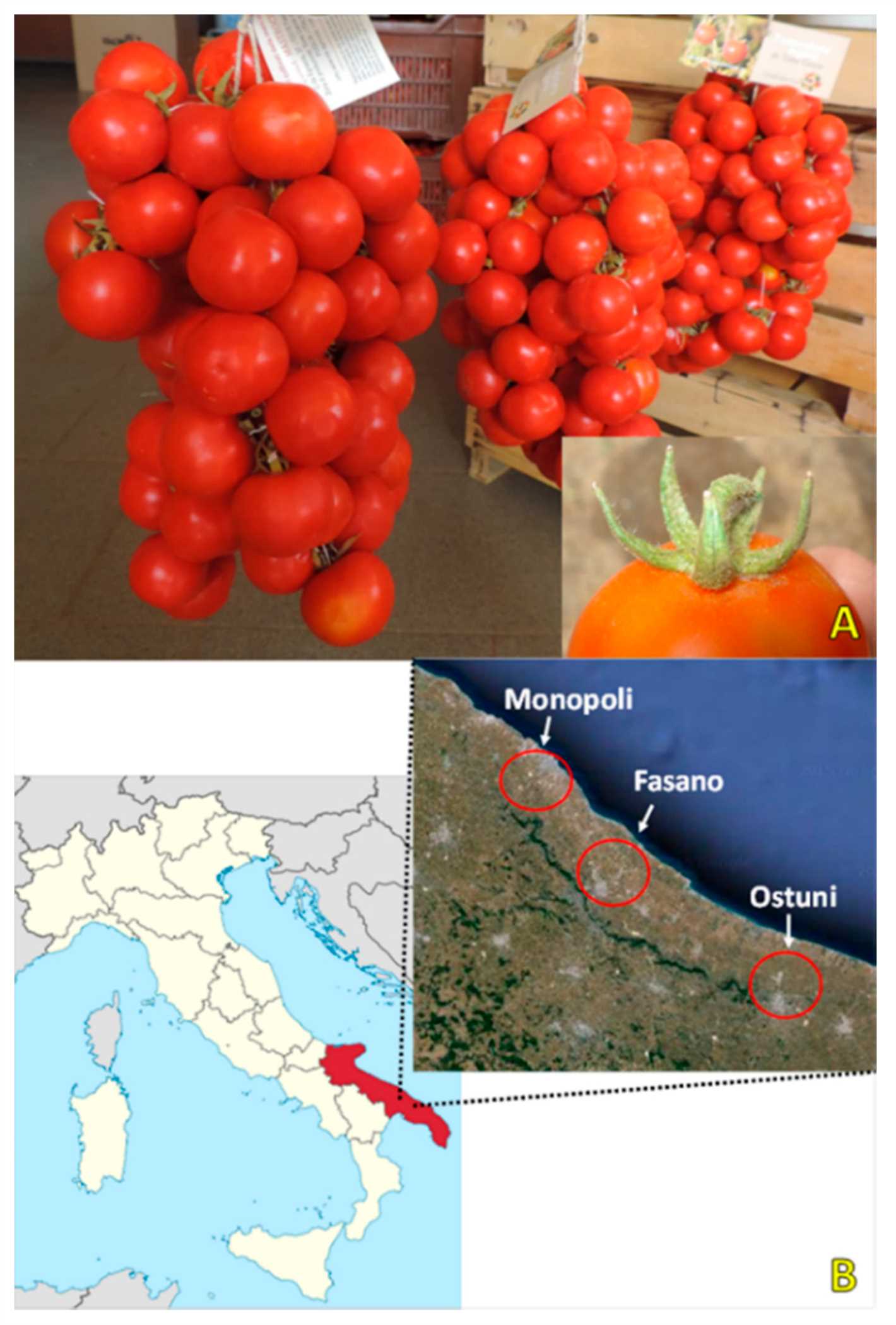
As the tomatoes started to ripen, they were carefully picked from the bush. The weight of the harvested tomatoes was recorded and added to a cumulative total. This process was repeated until the total weight reached 15 kilograms.
Results
After a few weeks of monitoring and harvesting, the desired goal of harvesting 15 kilograms of tomatoes was achieved. The experiment was successful in demonstrating the productivity of the tomato bush under the given conditions.
Conclusion
The tomato experiment proved that with proper care and maintenance, a single tomato bush can produce a significant amount of tomatoes. This knowledge can be valuable for farmers and gardeners who aim to maximize their tomato harvest.
Harvest 15 Kilograms
Introduction:
In the tomato experiment, the goal was to harvest at least 15 kilograms of tomatoes from a single bush. This article provides an overview of the experiment and discusses the process and techniques used to achieve the desired outcome.
Choosing the Bush:
For this experiment, a specific type of tomato bush was selected based on its growth potential and yield. The chosen bush had a reputation for producing abundant and flavorful tomatoes.
Care and Maintenance:
To ensure optimal growth and yield, the tomato bush received regular care and maintenance. This involved watering it regularly, providing adequate sunlight, and monitoring for pests or diseases. Additionally, appropriate fertilizers and nutrients were provided to support healthy growth.
Proper Pruning:
Pruning played a crucial role in encouraging the bush to produce more tomatoes. By removing unwanted shoots and branches, the plant’s energy and nutrients were directed towards fruit production. Regular pruning helped maintain the bush’s shape and prevented overcrowding.
Support and Staking:
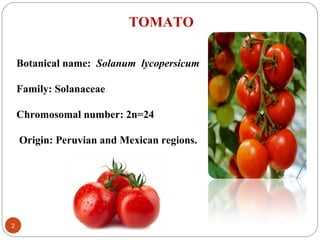
To prevent the tomato bush from bending or breaking due to the weight of the fruit, support and staking were implemented. This involved using stakes or cages to provide stability and ensure the bush stayed upright throughout the growing season.
Pest and Disease Control:
To protect the tomato bush from pests and diseases, various control measures were implemented. This included using organic pesticides, practicing crop rotation, and regularly inspecting the bush for any signs of infestation or disease. Prompt action was taken in case of any issues to prevent the spread and minimize damage.
Regular Harvesting:
The experiment aimed to harvest at least 15 kilograms of tomatoes from a single bush, so regular harvesting was essential. This involved monitoring the plant for ripe tomatoes and picking them at the right time to ensure optimum flavor and quality. The harvested tomatoes were carefully handled to prevent bruising or damage.
Conclusion:
Through proper care, maintenance, pruning, support, and pest control, the experiment successfully achieved its goal of harvesting 15 kilograms of tomatoes from a single bush. The techniques and practices employed in this experiment can serve as valuable insights for tomato growers looking to maximize their yields.
Tomatoes from the Bush
Tomatoes are one of the most popular and versatile vegetables grown in gardens worldwide. They can be harvested directly from the bush and used in a variety of recipes, including salads, sauces, and soups. With proper care and maintenance, tomato bushes can yield a bountiful and flavorful crop.
Choosing the right variety
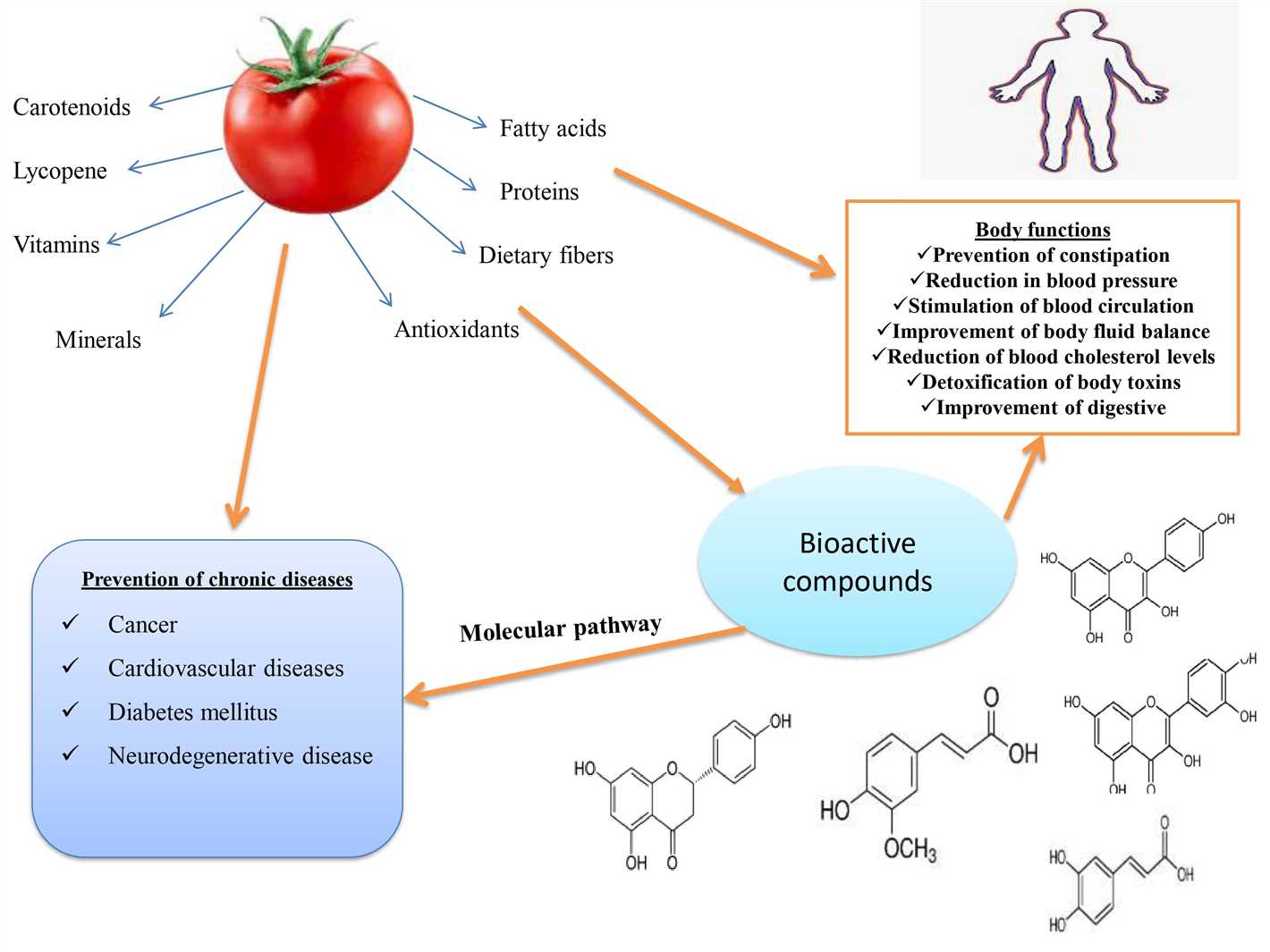
When growing tomatoes, it’s important to choose the right variety for your specific climate and growing conditions. Some varieties are better suited for cooler climates, while others thrive in hotter regions. Consider factors such as the number of days to maturity and disease resistance when selecting your tomato variety.
Planting and caring for tomato bushes
Tomatoes are typically grown from seedlings, which can be started indoors or purchased from a nursery. To plant the seedlings, dig a hole slightly larger than the root ball and place the plant in the hole. Fill in the hole with soil and gently tamp it down to remove any air pockets. Water the plants thoroughly after planting.
Tomato bushes require regular watering to ensure the soil remains evenly moist. Water deeply once or twice a week, depending on the weather conditions. Mulching around the plants can help to retain moisture and prevent the growth of weeds.
Pruning is another important aspect of tomato bush care. Remove any suckers that grow in the crotch between the main stem and side branches. This helps to improve air circulation and prevent the spread of diseases. Additionally, stake or cage the tomato plants to provide support, as the bushes can become quite heavy with fruit.
Harvesting tomatoes
Tomatoes can be harvested when they are fully ripe and their color is uniform. Gently twist or cut the tomatoes from the bush, being careful not to damage the plant. It is best to harvest tomatoes in the morning, when their flavor and nutrient content are at their peak.
Once harvested, tomatoes can be stored at room temperature or in the refrigerator for up to a week. They can also be preserved by canning or freezing for later use in recipes.
Conclusion
Tomatoes are a rewarding crop to grow, and harvesting them from the bush is a satisfying experience. With proper care, you can expect to harvest a plentiful supply of flavorful tomatoes throughout the growing season.
Experiment Method
Preparations
Before starting the tomato experiment, several preparations need to be made. Here are the steps involved:
- Choose a suitable location for growing the tomato bush.
- Prepare the soil by removing any weeds or rocks and loosening it.
- Add organic compost or fertilizer to the soil to enrich it.
- Water the soil thoroughly to ensure it is moist.
- Plant tomato seeds or seedlings according to the instructions provided.
Care and Maintenance
Once the tomato bush has been planted, it requires ongoing care and maintenance to ensure healthy growth and maximum yield. Here are the key tasks involved:
- Water the plant regularly, keeping the soil consistently moist.
- Protect the plant from extreme weather conditions such as frost, excessive heat, or heavy rain.
- Prune the plant to remove any suckers or damaged leaves.
- Stake or support the plant to prevent it from toppling over.
- Monitor for pests and diseases, and take appropriate measures to control them.
Fertilization
Fertilization is crucial for the healthy growth and development of the tomato plant. Here are the fertilization recommendations:
- Apply a balanced fertilizer with a ratio of nitrogen, phosphorus, and potassium (NPK) of 10-10-10.
- Fertilize the plant every two to three weeks during the growing season.
- Avoid over-fertilization, as it can lead to excessive vegetative growth at the expense of fruit production.
Harvesting
The timing of tomato harvesting is essential to ensure optimal taste and quality. Here’s how to harvest tomatoes:
- Observe the tomatoes for their mature color, which depends on the variety.
- Gently twist or cut the tomatoes from the bush, leaving a small part of the stem attached.
- Place the harvested tomatoes in a basket or container, handling them with care to avoid bruising or damaging the fruit.
Challenges and Success
Throughout the tomato experiment, we encountered several challenges that put our skills and patience to the test. However, it was not without success. Let’s take a closer look at the challenges we faced along the way and the successful outcomes we achieved.
Challenges
- Inconsistent weather: One of the biggest challenges we faced was the unpredictable weather conditions. Tomatoes are sensitive to temperature changes and require a stable climate to thrive. However, we experienced heatwaves, heavy rains, and sudden drops in temperature, which affected the growth and yield of the plants.
- Pest infestation: Another challenge we encountered was the presence of pests, such as aphids and caterpillars, that attacked our tomato plants. These pests damaged the leaves and fruits, reducing the overall harvest quantity and quality.
- Inadequate watering: Watering the plants properly was crucial for their growth and productivity. However, at times, we struggled to maintain a consistent watering schedule due to various constraints, resulting in under-watering or over-watering the plants.
Success
Despite the challenges, we also achieved notable success in our tomato experiment. Here are some of the positive outcomes:
- Harvest quantity: By the end of the experiment, we were able to harvest 15 kilograms of tomatoes from a single bush. This exceeded our initial goal and showcased the potential of our gardening techniques.
- Quality of tomatoes: The tomatoes we harvested were of high quality, exhibiting vibrant colors, firm texture, and delicious taste. We paid attention to proper care, including fertilization, pruning, and disease prevention, which contributed to the superior quality of the tomatoes.
- Learning experience: Despite the challenges, the tomato experiment provided us with valuable knowledge and hands-on experience in gardening. We learned about the impact of weather conditions on plant growth, the importance of pest control, and the significance of watering practices.
In conclusion, our tomato experiment was not without its share of challenges. However, through perseverance and adaptation, we were able to overcome these obstacles and achieve a successful outcome. The experience taught us valuable lessons and emphasized the need for resilience and flexibility in gardening endeavors.
Benefits of the Experiment
There are several benefits to conducting the tomato experiment and successfully harvesting 15 kilograms of tomatoes from the bush.
1. Fresh and Healthy Tomatoes
By growing our own tomatoes, we ensure that they are fresh and free from any harmful pesticides or chemicals. This guarantees that the tomatoes are healthy and safe for consumption. Fresh tomatoes also retain their natural flavor, making them more delicious and nutritious.
2. Cost Savings
Growing tomatoes at home can lead to significant cost savings. Supermarket-bought tomatoes can be expensive, especially if you prefer organic ones. By growing your own tomatoes, you can produce a large quantity without spending extra money. This is especially beneficial if you use tomatoes frequently in your cooking or enjoy making homemade tomato sauces and salsas.
3. Sustainable and Environmentally-Friendly
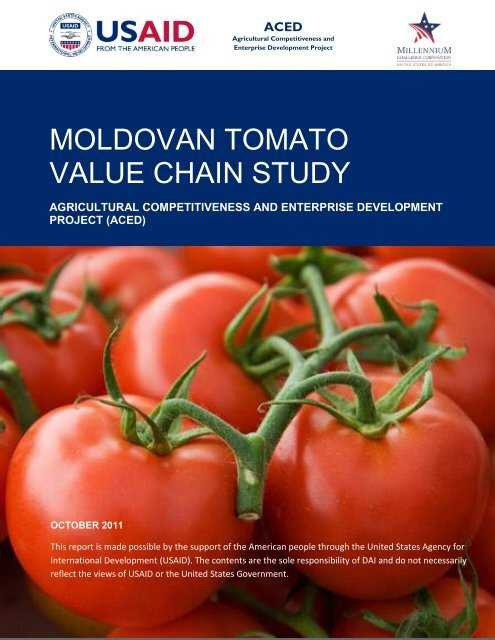
Growing your own tomatoes promotes sustainability and reduces your carbon footprint. By avoiding store-bought tomatoes, you contribute to reducing the demand for commercially grown tomatoes, which often require extensive transportation and packaging. Additionally, home gardening reduces the need for chemical fertilizers and pesticides, contributing to a healthier environment.
4. Gardening as a Therapeutic Activity
The process of growing and caring for plants, such as tomatoes, can be a therapeutic and stress-relieving activity. Gardening allows you to connect with nature, get some exercise, and enjoy the fruits of your labor. It can also improve mental well-being and provide a sense of accomplishment as you watch your tomatoes grow and thrive.
5. Educational and Learning Experience
Conducting experiments like growing tomatoes provides a hands-on learning experience. By observing and monitoring the progress of the tomatoes, you can learn about the different stages of plant growth, factors affecting plant health, and the overall life cycle of a tomato plant. This knowledge can be applied to future gardening endeavors or shared with others who are interested in gardening.
By participating in the tomato experiment and achieving a harvest of 15 kilograms of tomatoes, you can enjoy these benefits while enhancing your gardening skills and knowledge.
Future Plans
1. Expand Tomato Cultivation
We plan to expand our tomato cultivation in the upcoming seasons. With the success of our current experiment, we are confident in our ability to achieve even higher yields. By implementing the same techniques and best practices, we aim to harvest a greater quantity of tomatoes.
2. Experiment with Different Tomato Varieties
In addition to expanding our tomato cultivation, we intend to experiment with different tomato varieties. By testing various types of tomatoes, we hope to find the ones that are best suited for our climate and growing conditions. This will allow us to optimize our production and potentially achieve even higher yields.
3. Improve Fertilization and Pest Control
One area we would like to focus on is improving fertilization and pest control methods. By carefully monitoring the nutrient levels in the soil and implementing organic pest control measures, we aim to further enhance the health and productivity of our tomato plants. This will help us achieve better quality tomatoes and reduce the risk of crop losses due to pests and diseases.
4. Establish Partnerships
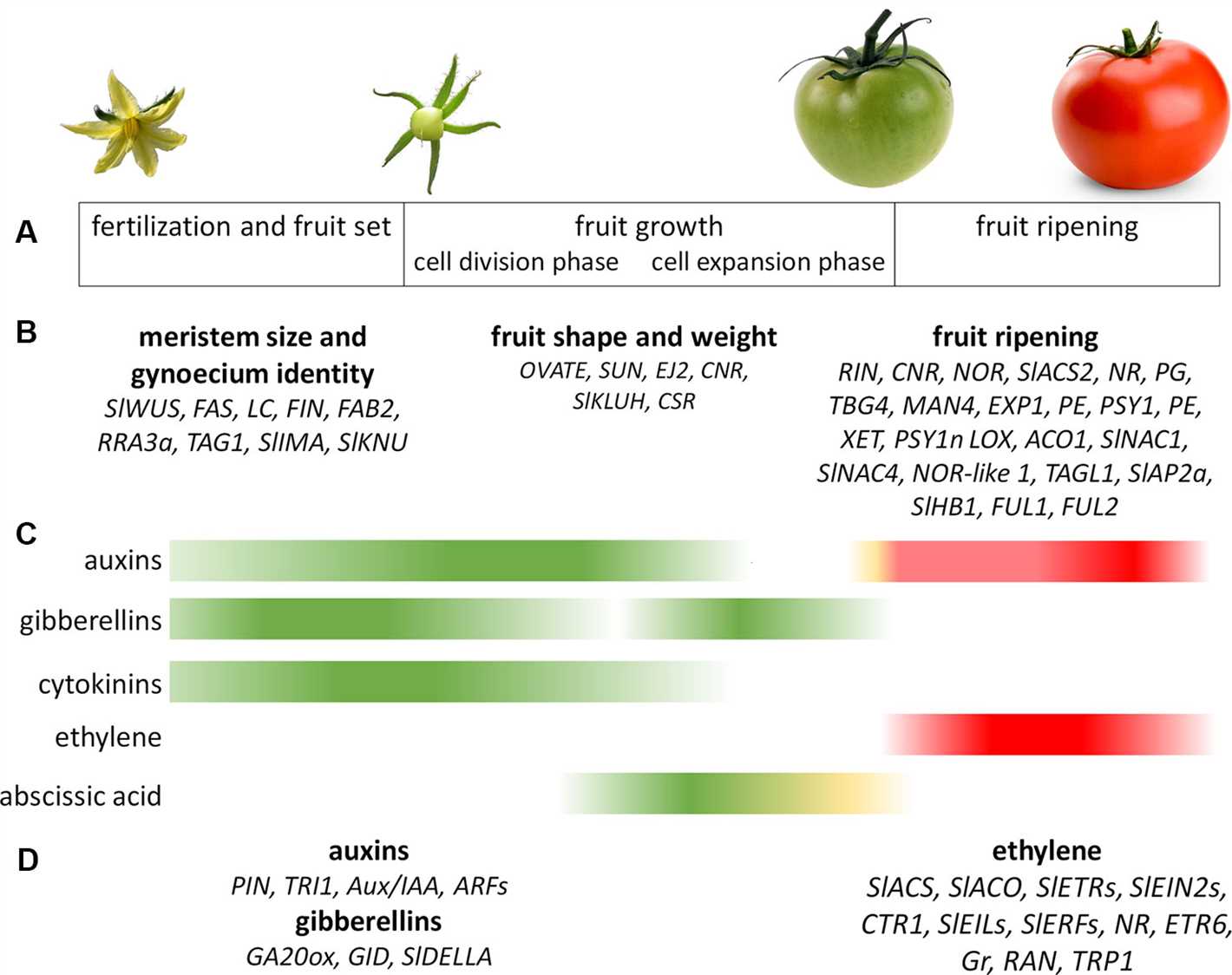
To support our expansion plans, we aim to establish partnerships with local markets, restaurants, and grocery stores. This will allow us to sell our tomatoes directly, ensuring a steady demand and a fair price for our produce. We believe that establishing these partnerships will not only help us financially but also contribute to the local economy.
5. Share Knowledge and Learn from Others
We are eager to share our knowledge and experiences with other tomato growers. By participating in agricultural events, workshops, and online forums, we hope to connect with fellow growers, exchange information, and learn from their successes and challenges. This collaborative approach will help us constantly improve our cultivation practices and stay updated with the latest industry trends.
6. Implement Sustainable Practices
As stewards of the environment, we are committed to implementing sustainable practices in our tomato cultivation. This includes proper waste management, water conservation, and the use of organic fertilizers and pesticides. By prioritizing sustainability, we aim to minimize our ecological footprint and contribute to a healthier and more sustainable future.
7. Monitor and Evaluate Progress
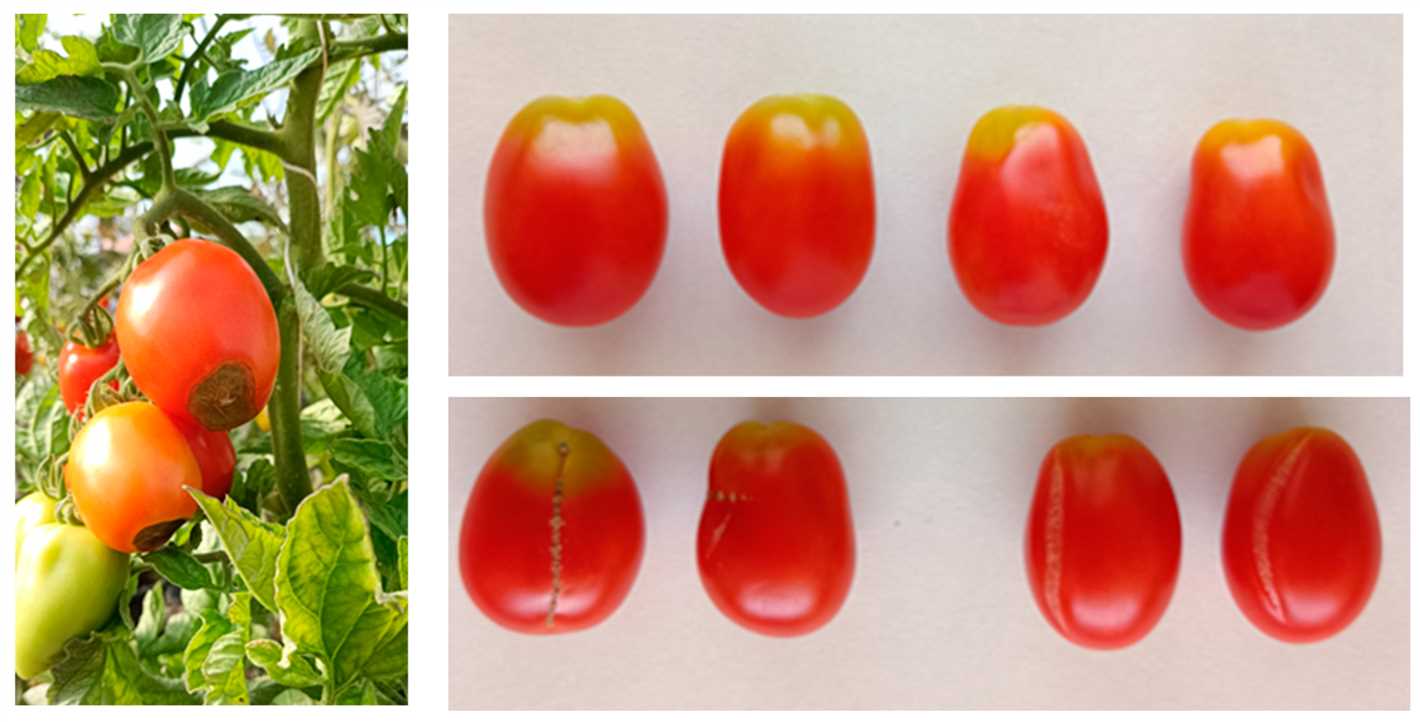
We recognize the importance of monitoring and evaluating our progress. By regularly measuring and analyzing key performance indicators such as yield per plant, plant health, and customer satisfaction, we can identify areas for improvement and make informed decisions for the future. This ongoing evaluation process will ensure that we continue to optimize our tomato production and meet the needs of our customers.
“Question-Answer”
What was the purpose of the tomato experiment?
The purpose of the tomato experiment was to harvest 15 kilograms of tomatoes from the bush.
How many kilograms of tomatoes were harvested from the bush?
15 kilograms of tomatoes were harvested from the bush.
What method was used to achieve the 15 kilogram harvest?
A combination of proper soil preparation, regular watering, and pruning techniques were used to achieve the 15 kilogram harvest.
What factors contributed to the successful harvest?
Factors such as providing adequate sunlight, using organic fertilizers, and protecting the plants from pests contributed to the successful harvest.
How long did it take to harvest the 15 kilograms of tomatoes?
The harvest of 15 kilograms of tomatoes took approximately three months.
Were any specific tomato varieties used in the experiment?
Yes, specific tomato varieties were used in the experiment, but the article does not mention which varieties were chosen.
Were any challenges faced during the tomato experiment?
Yes, challenges such as disease outbreaks and extreme weather conditions were faced during the tomato experiment. However, appropriate measures were taken to address these challenges.







